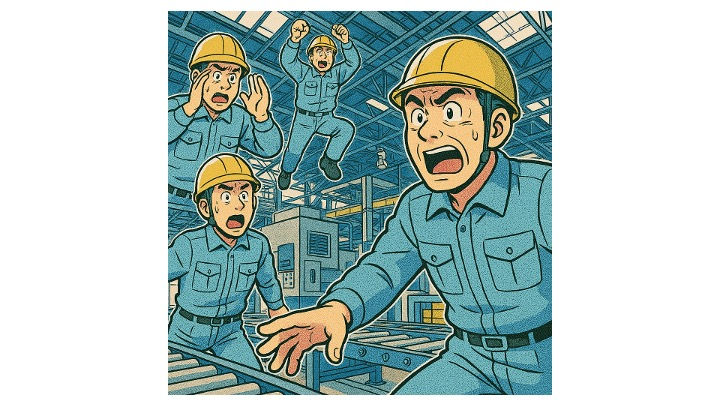"Let the material memorize the standardized work."
- hidet77
- Sep 7, 2023
- 3 min read

“Let the material memorize the standardized work.”
A quote from my coach.
When standardized work gets complicated, we push the people to memorize it. But our memory isn’t that reliable.
Instead of asking for something unreliable, let the materials memorize the standardized work.
But this does not mean our brains should stop thinking.
We should have more capacity to think about quality, variations, and Kaizen.
“We need to train the workers on standardized work.”
You hear such comments very often. But the meaning of “training” is slightly different by place.
As I visited the genba, I saw a workstation with a table, tools randomly located, and materials everywhere. They show a “standardized work,” a list of things to do, just in a format. The tasks added up to a thousand. The circled numbers on the work chart looked like fish eggs. It didn’t mean much.
To add to the complexity, the process had a computer giving instructions. Yet, the worker wasn’t following the instructions. When we asked why, the answer was that the instruction was sometimes wrong. So, people had to memorize which instruction was erroneous and the proper steps. Again, the managers explained that we need to train the workers.
As we observed this utterly wrong approach to standardized work, my coach advised that instead of asking the workers to memorize all these steps, “let the material memorize the standardized work.”
“Memory” is not a suitable method of using our brain. Our brains have memory “errors and bias.” This is not happening to particular groups of people. It happens to everyone. Even to those “smart” people. That’s why we take notes and record things.
Instead of asking humans to do things they are not good at, ask for the materials to memorize. Design the layout according to the sequence of standardized work. Locate the machine in the order of the work. Place the materials at the location where we need them. Design the tools to be at the spot of use. Provide the information at the point of use. Allocate the machine switch as a guide to the next step. Designing the details of the process to guide the people to follow the standardized work will make the process more reliable. A good process will automatically show the worker the standardized work.
This thinking isn’t unique to “TPS.” The other day, I saw my dentist positioning its tools according to their use. One of the child psychologists told us that instead of asking kids to get ready for school, design the pathway to get prepared for school. Now, he doesn’t forget things since the path is intended for his preparations. Many architectures are designed with process and flow in mind.
But this doesn’t mean the brains should not be used as the worker performs the standardized work. The worker’s brain should think about quality, variations, and Kaizen.
Quality
Quality is essential, but it is hard to focus on quality when things are random. Having the standardized work and layout according to it creates an environment where people can focus on quality. The worker's discomfort should be captured as a potential quality issue. The worker should check the incoming materials and their work at the end of the cycle. We should provide a work standard so that those checkpoints are not random.
Variation
Typically, variation is approached by giving allowances. Yet, this approach will always maintain the variation. This is because the causes of variations are only possible to find unless recognized when they happen. It could be because they dropped something. The last piece in the box might take much work to reach. There might be a foreign object which prevented the part from sitting well. Whatever the minor causes of variations, we will blame the wrong things, such as skill level, unless the reason is captured. When the operator follows the standardized work and falls behind, that is the best time to catch what happened.
Kaizen
The best thing for the operator to consider as they conduct the standardized work is how to improve it. Since the operators are “inside” the standardized work, they have the actual user’s experience of the work. Any opinion, even if it is a complaint, should help to improve it. Also, thinking about improvement will convert this mindset of routine or boring toward a more forward-looking or future-oriented one.
So please don’t just push the people to memorize the standardized work, no matter how complicated. Think about how to get the materials memorized. Think about the process that will guide the people. And let the people focus on what they are good at, which is coming up with improvements.



Excellent. Thank you very much for the insight.